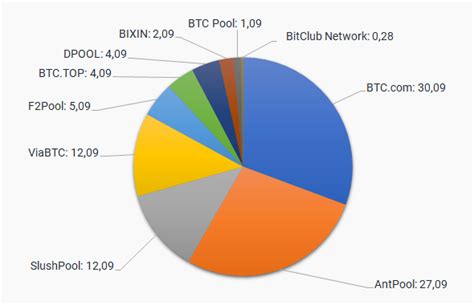Bitcoin Transaction Propagation Algorithm and Distribution Range
Bitcoin’s Transaction Propagation Algorithm is a Complex Process that Involves Multiple Nodes, A Network of Peers, and Sophisticated Cryptography. The Goal is to Ensure The Integrity and Authenticity of All Transactions Across The Entire Network.
In this article, We’ll delve into the bitcoin core code and explore the specific files where you can find information about the transaction propagation algorithm’s distribution range for inbound and outbound connections.
Transaction Propagation Algorithm Overview
The Transaction Propagation Algorithm in Bitcoin Involves Several Key Components:
- Transaction Validation : Verifying the Validity of Incoming Transactions to Ensure Match the Sender’s Address, Time, and Other Metadata.
- Blockchain update : Updating the blockchain with new transactions, including those that have bone verified and validated by multiple nodes.
- Consensus Algorithm

: ensuring all nodes agree on the state of the network, which includes the updated blockchain.
Distribution Range for Inbound Transactions
The Distribution Range for Inbound Transactions refers to the Range Within which a transaction is Considered Valid and Can Be Propagated through The Network.
Accordance to the Bitcoin Core Code, the Send transaction function (SRC/Main/Cryptographic/Core/Transactions.py) Uses the Following Logic to Determine the Distribution Range:
`C
// calculate the minimum and maximum block number for inbound transactions
Uint256 minblockknum = 1000000; // Minimum block number to Consider Valid
Uint256 Maxblockknum = 6000000; // Maximum block number to Consider Valid
// Calculate the minimum block Time to Consider a Transaction Valid
Uint256 MINTIME = 10 * 60; // Minimum time in Seconds Between Transactions (10 minutes)
In these calculations, minblockknum andMaxblockknum represent the range of block Numbers Within which a transaction is Considered Valid. Similarly, MINTIME 'REECTENTENS The minimum time interval at which a transaction can be propagated through the network.
Distribution Range for Outbound Transactions
The Distribution Range for Outbound Transactions Involves Calculating the Maxim Block Number And Time That A Transaction Can Be Sent to Propagate Through The Network.
Accordance to the bitcoin core code:
C
// Calculate the maximum block number for outbound transactions
Uint256 Maxblockknum = 1000000; // Maximum block number to Consider Valid
// Calculate the maximum time in Seconds Between Transactions (10 minutes)
Uint256 MaxTime = 600 * 60; // Maximum time interval in Seconds Between Transactions (10 minutes)
In these calculations, Maxblockknum andMaxtime representation the range of blocks and times at which a transaction can be to propagate through the network.
Conclusion
The Bitcoin Core Code Provides Valuable Insights Into the Distribution Ranges for Inbound and Outbound Transactions. By Understanding Thesis Ranges, You Can Better Appreciate the Complexity and Sophistication of the Transaction Propagation Algorithm in Bitcoin.
Keep in mind that information is specific to the bitcoin core code and may not be applicable to other blockchain implementations or modifications.
Additional resources
For More Information on Bitcoin’s Transaction Propagation Algorithm, Including ITS implementation Details and Optimization Techniques, I Recommende Exploring the Following Sources:
- The Bitcoin Core Documentation: [ Docs/readme.md)
- The Bitcoin Developer Conference (BTCDEV): [
- Cryptographic Expertise in The Bitcoin Community: [Bitcoin Subreddit, R/Bitcoin] (https: //www.reddit.